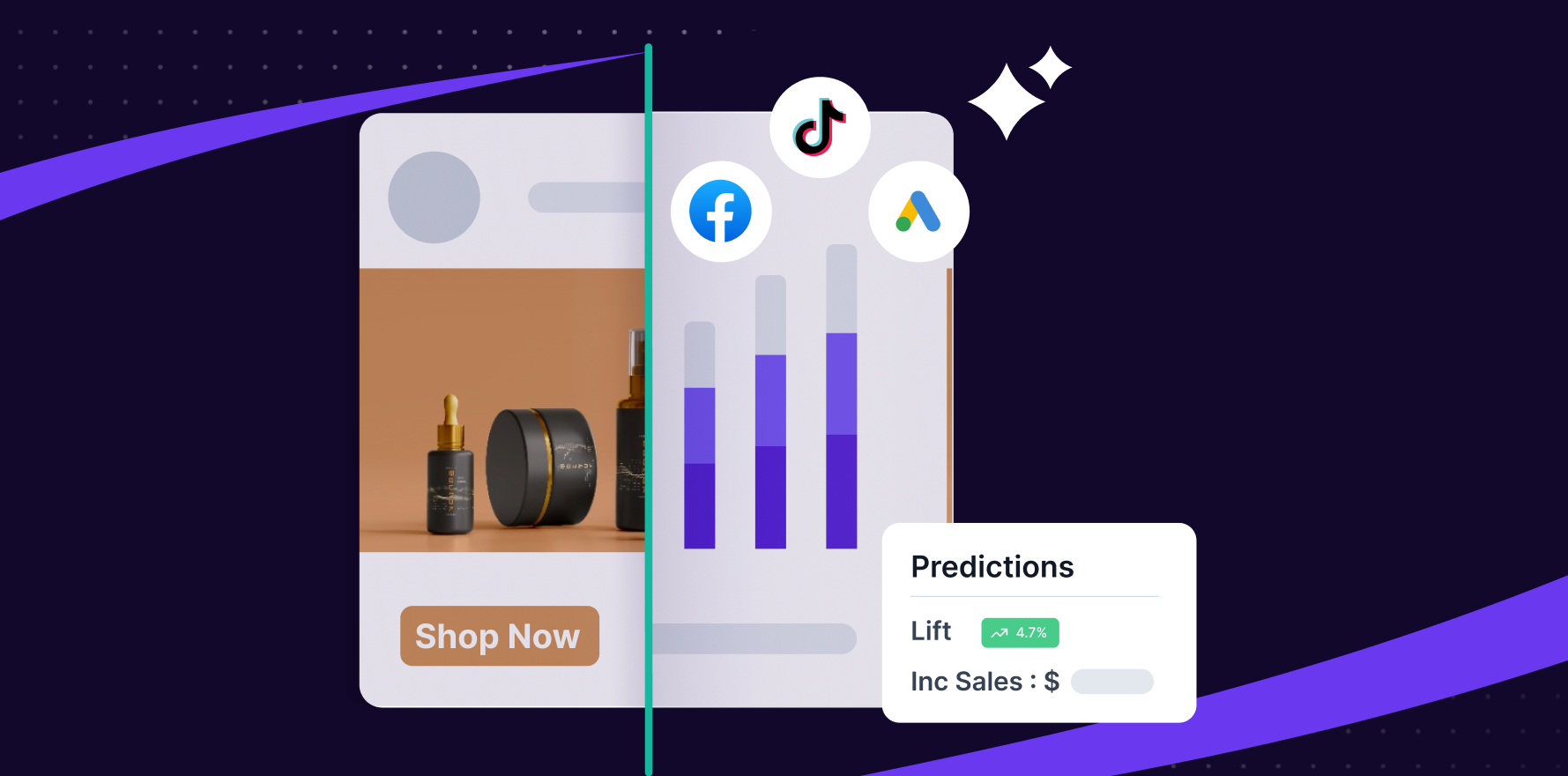In today’s constantly evolving digital landscape, the need for accurate and effective consumer identity resolution has become more critical than ever before. Companies must be able to recognize and understand their customers across multiple devices and touchpoints in order to deliver seamless and personalized experiences. In this article, we will discuss the growing importance of consumer identity resolution, its key components, benefits, as well as challenges and barriers to effective implementation.
The Growing Importance of Consumer Identity Resolution
The shift towards digital marketing and e-commerce has been substantial, and consumers expect companies to provide personalized and relevant experiences across all platforms. With the rise of mobile devices and digital channels, companies must be able to recognize and engage customers across all touchpoints.
As e-commerce continues to grow, it’s important for companies to understand the importance of consumer identity resolution. This process involves identifying individual consumers across various channels and devices, and consolidating their data into a single, unified profile. By doing so, companies can gain a better understanding of their customers’ preferences and behaviors, and use this information to deliver personalized experiences that are tailored to their needs.
The Shift to Digital Marketing and E-commerce
The shift towards digital marketing and e-commerce has been driven by several factors. One of the most significant is the increasing use of mobile devices. With more people using smartphones and tablets to browse the internet and make purchases, companies must be able to provide a seamless experience across all devices.
In addition, the COVID-19 pandemic has accelerated the shift to e-commerce, as many consumers have been forced to shop online due to social distancing measures. As a result, companies that were previously hesitant to invest in digital marketing and e-commerce have had to quickly adapt to the new reality.
The Role of Data Privacy Regulations
Data privacy regulations such as GDPR and CCPA have forced companies to take the privacy and security of consumer data more seriously. These regulations require companies to obtain explicit consent from consumers before collecting and using their data, and to provide them with greater control over their personal information.
As a result, companies must have a comprehensive approach to consumer identity resolution that takes into account these regulations. They must ensure that they are collecting and using consumer data in a transparent and ethical manner, and that they are providing consumers with the ability to opt-out of data collection and use.
The Need for Personalized Customer Experiences
Consumers have become more demanding than ever before, and expect companies to provide personalized experiences that are tailored to their specific needs and preferences. They want to feel like companies understand their unique requirements, and are willing to go the extra mile to meet them.
By leveraging consumer identity resolution, companies can gain a better understanding of their customers’ preferences and behaviors, and use this information to deliver personalized experiences that exceed their expectations. For example, a retailer might use a customer’s purchase history to recommend products that they are likely to be interested in, or a travel company might use a customer’s browsing history to suggest destinations that they might enjoy.
The importance of consumer identity resolution cannot be overstated. As companies continue to shift towards digital marketing and e-commerce, they must be able to recognize and engage customers across all touchpoints, while also respecting their privacy and providing personalized experiences that meet their unique needs and preferences.
Key Components of Consumer Identity Resolution
1) Data Collection and Integration
The first component of effective consumer identity resolution is the ability to collect and integrate data from multiple sources. This can include data from CRM platforms, point of sale systems, social media, and other sources.
2) Identity Matching and Linking
The next step is to match and link the various data sources to create a single, unified view of the customer. This can involve a combination of deterministic and probabilistic matching techniques to ensure accuracy and completeness.
3) Identity Graphs and Profiles
Identity graphs and profiles help to further refine the unique customer view, by identifying relationships between individuals, devices, and touchpoints. This information can be used to create more personalized messaging and experiences.
4) Cross-Device and Cross-Channel Tracking
Since consumers use multiple devices and channels to interact with companies, it is important to track and understand these interactions to create a seamless and consistent experience across all touchpoints.
Challenges and Barriers to Consumer Identity Resolution
Consumer identity resolution is the process of accurately identifying and linking data points to create a complete picture of a consumer’s identity. This process is crucial for businesses to effectively engage with their customers and provide personalized experiences. However, there are several challenges and barriers that companies must overcome to achieve successful consumer identity resolution.
a) Data Quality and Accuracy Issues
One of the biggest challenges in consumer identity resolution is poor data quality and accuracy. Inaccurate or incomplete data can lead to ineffective consumer identity resolution, resulting in wasted resources and lost opportunities. Companies must ensure that their data is accurate and up-to-date to ensure successful consumer identity resolution.
For example, if a customer’s contact information is outdated or incorrect, a company may not be able to reach them with marketing messages or important notifications. This can result in missed opportunities to engage with the customer and provide a positive experience.
b) Fragmented Data Sources and Silos
Another challenge in consumer identity resolution is integrating data from multiple sources. Companies often struggle with integrating data from different systems and sources, which can lead to data silos and missed opportunities to engage with customers.
For example, a company may have customer data stored in multiple systems, such as a CRM, marketing automation platform, and e-commerce platform. If these systems are not integrated, the company may not be able to create a complete picture of the customer’s identity and behavior. This can result in missed opportunities to provide personalized experiences and targeted marketing messages.
c) Evolving Data Privacy Regulations
Data privacy regulations, such as GDPR and CCPA, are constantly evolving, and companies must stay up-to-date to ensure compliance and protect their customers’ data. Failure to comply with these regulations can result in fines and damage to a company’s reputation.
For example, under GDPR, companies must obtain explicit consent from customers before collecting and processing their personal data. Failure to obtain consent can result in fines of up to 4% of a company’s global revenue.
d) Technological Limitations and Scalability
As the amount of data and touchpoints grows, companies must be able to scale their consumer identity resolution capabilities to keep pace with growth. However, many companies face technological limitations that prevent them from effectively scaling their capabilities.
For example, legacy systems may not be able to handle the volume and complexity of data required for successful consumer identity resolution. Additionally, some companies may not have the resources or expertise to implement and maintain advanced consumer identity resolution technologies.
In summary, while consumer identity resolution is crucial for businesses to effectively engage with their customers, there are several challenges and barriers that must be overcome to achieve success. Companies must prioritize data quality and accuracy, integrate data from multiple sources, stay up-to-date with data privacy regulations, and address technological limitations to effectively scale their consumer identity resolution capabilities.
Benefits of Effective Consumer Identity Resolution
Consumer identity resolution is the process of accurately identifying and linking customer data across various touchpoints and devices. This process allows companies to gain a comprehensive view of their customers, which can lead to a variety of benefits.
1) Improved Marketing Efficiency and ROI
With a comprehensive view of the customer, companies are better able to target and segment their marketing efforts, leading to greater efficiency and better ROI. By understanding the customer’s preferences and behaviors, companies can create more personalized and relevant marketing messages, resulting in higher engagement rates and increased conversions.
For example, a company that sells outdoor gear can use consumer identity resolution to identify customers who frequently purchase camping equipment. With this information, the company can create targeted marketing campaigns for camping gear, resulting in higher conversion rates and increased revenue.
2) Enhanced Customer Segmentation and Targeting
By understanding the needs and preferences of their customers, companies can segment and target their marketing efforts more effectively, resulting in higher engagement and satisfaction rates. Consumer identity resolution allows companies to identify customers who share similar characteristics, such as demographics, behaviors, and interests, and create targeted campaigns for these segments.
For example, a company that sells beauty products can use consumer identity resolution to identify customers who frequently purchase organic and natural products. With this information, the company can create targeted campaigns for these customers, promoting their line of organic and natural beauty products, resulting in higher engagement rates and increased sales.
3) Optimized Customer Journeys and Experiences
By creating a seamless and personalized experience across all touchpoints, companies can increase customer satisfaction and loyalty, leading to increased sales and revenue. Consumer identity resolution allows companies to identify customers across various devices and touchpoints, allowing them to create a seamless and personalized experience for the customer.
For example, a company that sells clothing can use consumer identity resolution to identify customers who frequently shop online and in-store. With this information, the company can create a personalized experience for the customer, such as offering online discounts for in-store purchases, resulting in increased customer satisfaction and loyalty.
comprehensive approach to consumer identity resolution can help achieve this. By leveraging Lifesight’s advanced technology and data analytics, businesses can improve marketing efficiency and ROI, enhance customer segmentation and targeting, optimize customer journeys and experiences, and strengthen data privacy and compliance
4) Strengthened Data Privacy and Compliance
By implementing a comprehensive approach to consumer identity resolution, companies can ensure that they are compliant with data privacy regulations, and that they are protecting their customers’ sensitive information. Consumer identity resolution allows companies to securely store and manage customer data, ensuring that it is only used for legitimate business purposes.
For example, a company that collects customer data for marketing purposes can use consumer identity resolution to ensure that the data is stored securely and is only used for marketing purposes. This can help the company comply with data privacy regulations, such as GDPR and CCPA, and protect their customers’ sensitive information.
Effective consumer identity resolution can provide a variety of benefits for companies, including improved marketing efficiency and ROI, enhanced customer segmentation and targeting, optimized customer journeys and experiences, and strengthened data privacy and compliance. By implementing a comprehensive approach to consumer identity resolution, companies can gain a competitive advantage and improve customer satisfaction and loyalty.
Conclusion
In today’s digital landscape, accurate and effective consumer identity resolution is crucial. As the shift to e-commerce and digital marketing continues, companies must recognize and engage customers across multiple devices and touchpoints, while respecting their privacy and providing personalized experiences. Lifesight, a company specializing in consumer identity resolution, offers solutions that include data collection and integration, identity matching and linking, identity graphs and profiles, and cross-device and cross-channel tracking. However, challenges such as poor data quality, fragmented data sources, and evolving data privacy regulations must be overcome for successful implementation.
You may also like
Essential resources for your success

























































